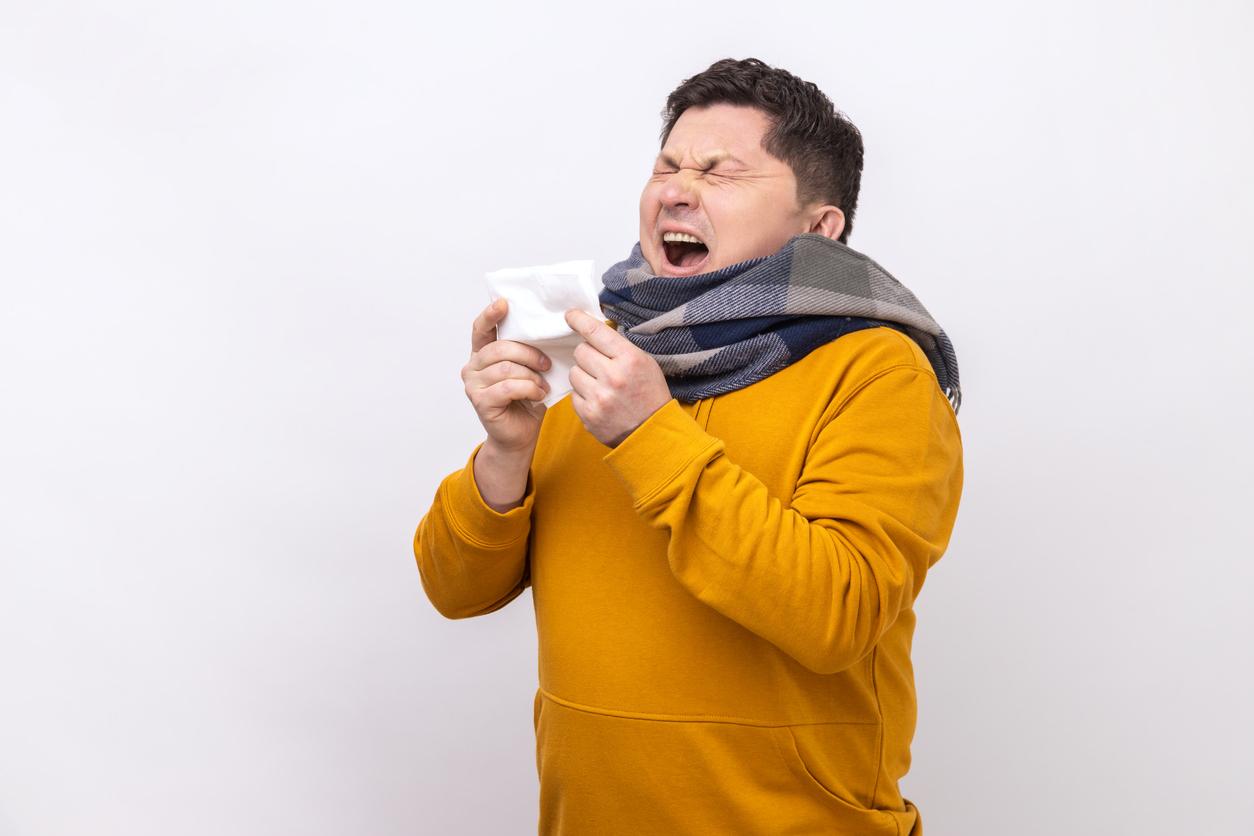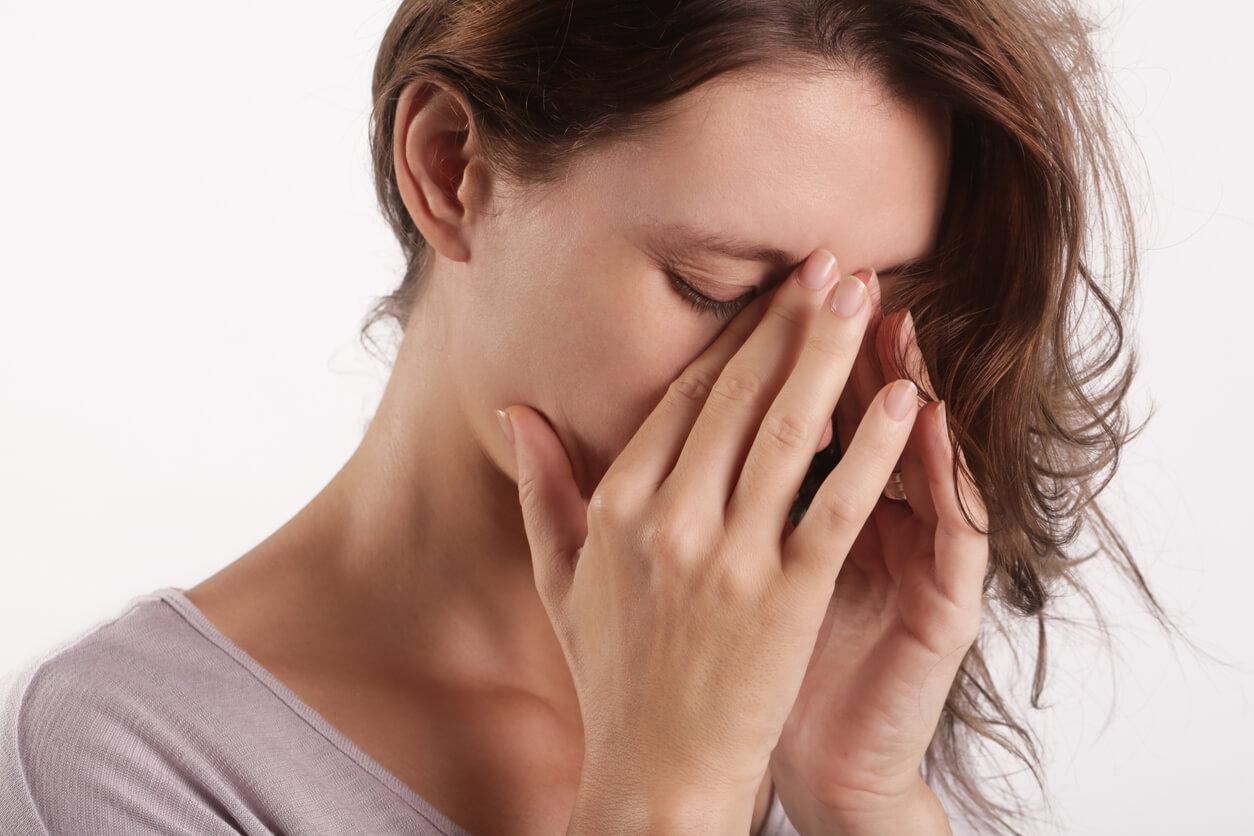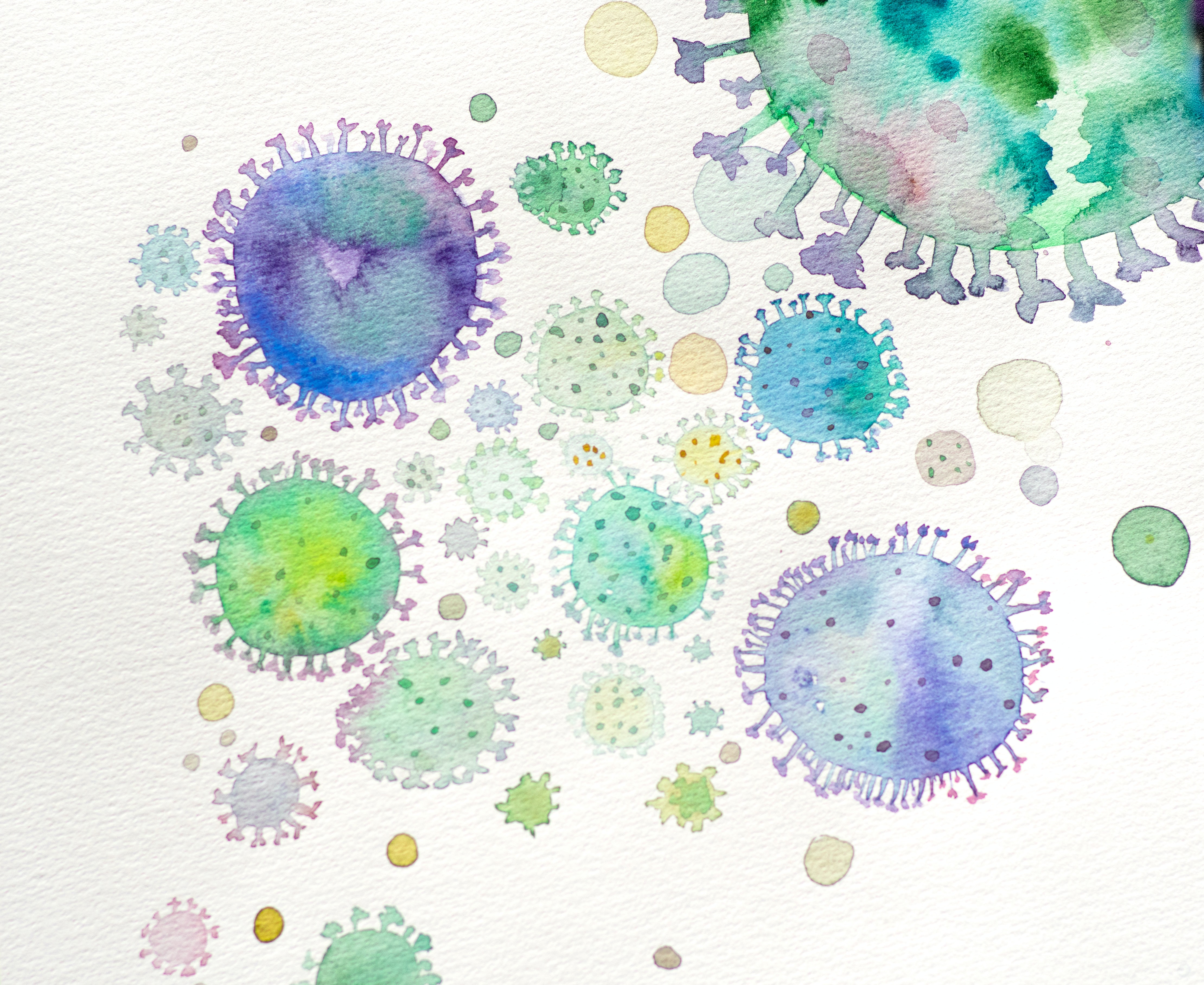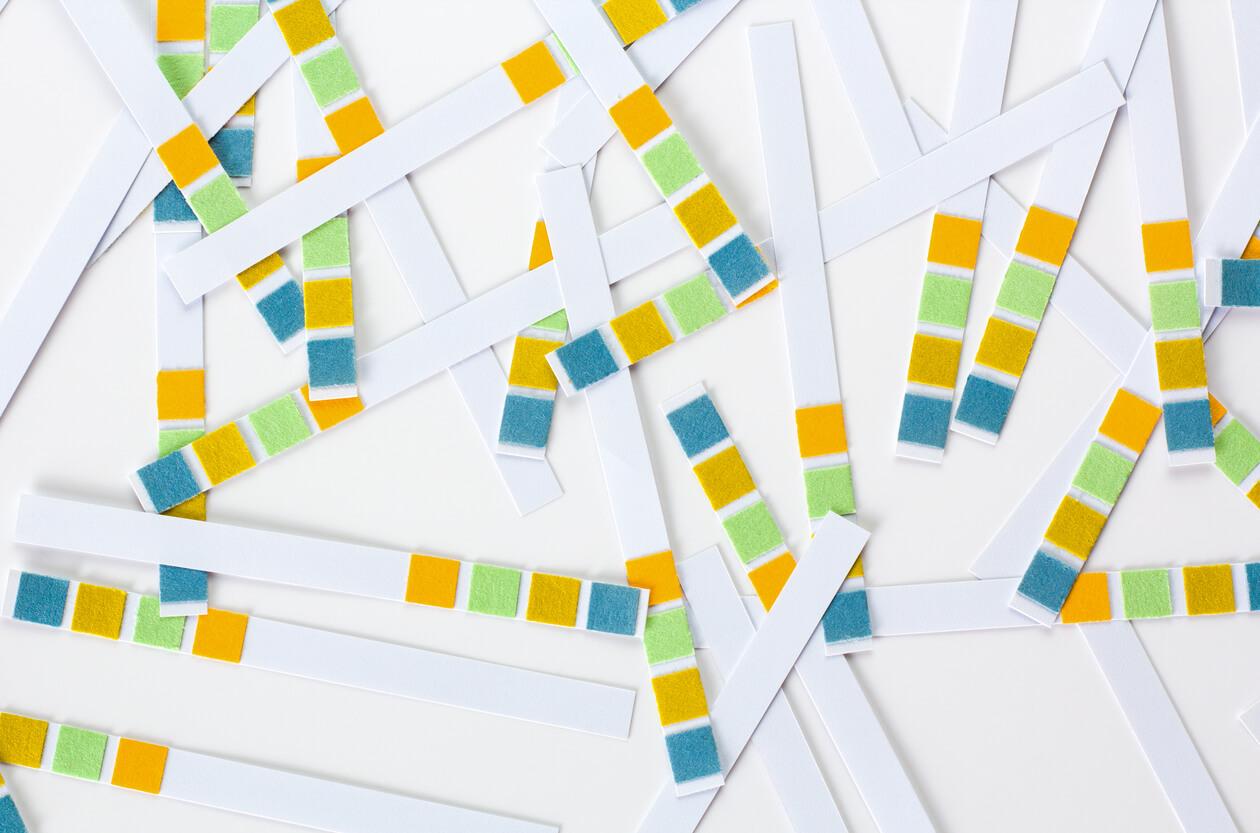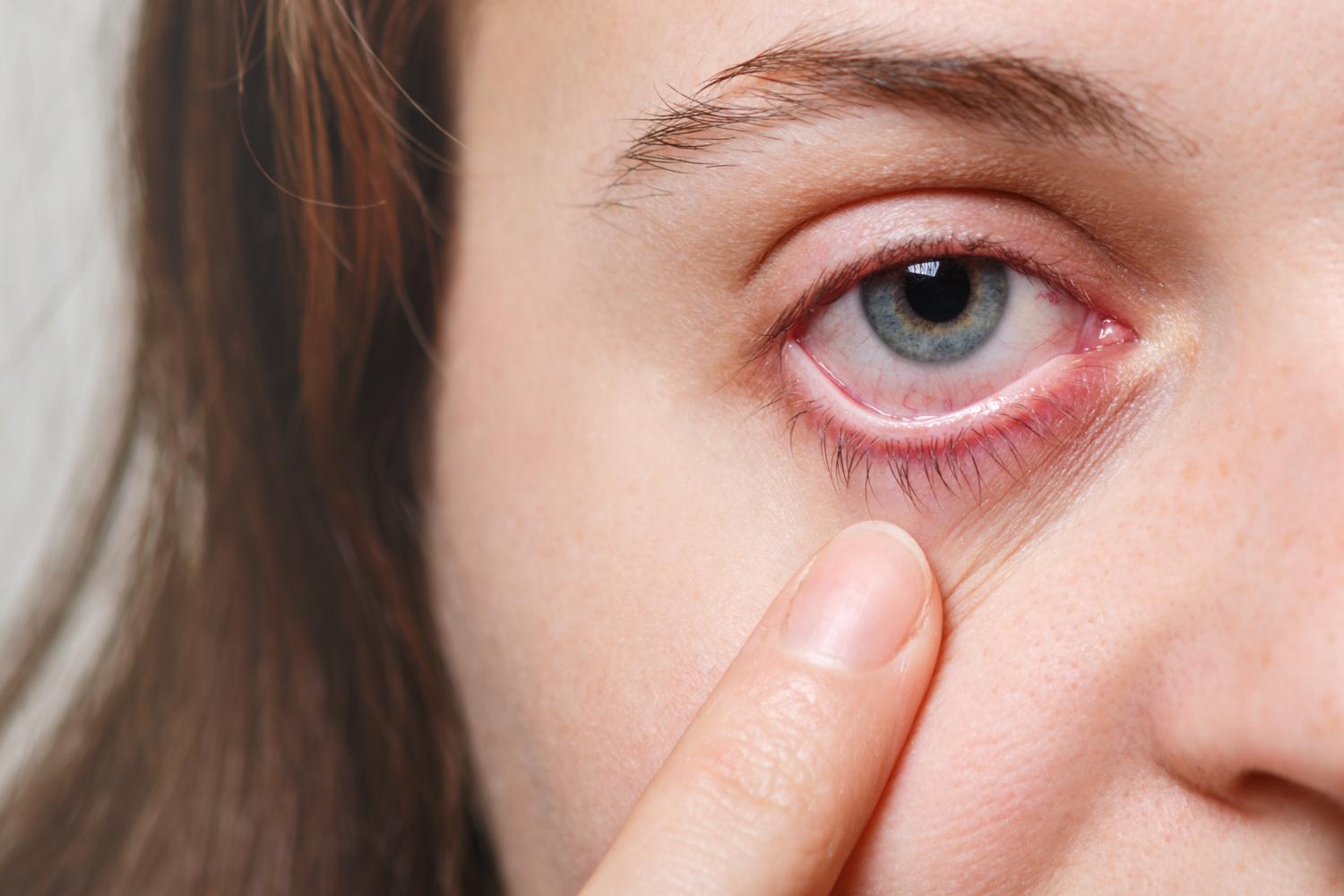What Does Green, Yellow Or Brown Phlegm Mean?
Key takeaways
- Phlegm is a natural mucus that helps protect your respiratory system, but excess phlegm accompanied by color changes can signal underlying infections or illnesses
- Green or yellow phlegm typically indicates your body is fighting an infection, as these colors are caused by immune cells (such as white blood cells) combating pathogens
- Brown or black phlegm can be a result of tobacco use, pollution, or a fungal infection and should be evaluated by a medical professional
- Pink or red phlegm is usually caused by blood in the mucus, which can be caused by nosebleeds or more serious health conditions
Phlegm is a type of mucus produced by tissues in the respiratory system (the lungs, bronchi, throat, and windpipe). It’s a sticky, gooey substance that protects your airways from viruses, bacteria, allergens, and other pollutants we often inhale. Your body produces about 1.5 quarts of mucus (including phlegm) daily.
While phlegm is natural, infections and irritants can cause your respiratory tract to overproduce this mucus. You’ll also probably notice that your phlegm is... a little colorful. This is usually a sign that your body is fighting off an illness. Read on to learn what the different colors of phlegm can mean for your health.
What is phlegm?
Phlegm (sputum) is a thin, clear mucus produced by the respiratory system. Its primary role is to protect the airways against irritants by trapping viruses, bacteria, protozoa, and other contaminants. Your body naturally expels this viscous liquid along with the bad stuff that it trapped.
When your body is trying to fight an infection or foreign substance, the membranes that make phlegm can start overproducing it. Some of the most common reasons why your body may secrete excess phlegm include:
- Asthma
- Chronic lung diseases like chronic obstructive pulmonary disease (COPD), chronic bronchitis, or cystic fibrosis
- Exposure to allergens or seasonal allergies
- The common cold, influenza (the flu), and other respiratory infections
- Acid reflux (GERD)
An overproduction of phlegm, coupled with changes in mucus color, can signal a condition that requires medical treatment.
The colors of phlegm & what they mean
While phlegm color should not be used to diagnose anything definitively, it's usually a good indicator that something is affecting your respiratory system. Here is what the shade of your phlegm might mean:
Clear phlegm: Clear phlegm is normal. It is made up of water, immune system cells, and salts. Clear phlegm most likely means that you are healthy and not experiencing any medical condition affecting the respiratory tract.
White phlegm: White mucus often indicates a viral infection, a bacterial infection, or an allergic reaction. The color change often indicates your body is reacting to something. It could also simply from your body trying to combat allergens or a chronic process like COPD.
Green or yellow phlegm: Green phlegm or yellow phlegm is also often a sign of an infection. When your body fights off an infection, such as a bacterial or viral respiratory infection, your immune system sends white blood cells to the site of infection to combat the invading pathogens.
These white blood cells contain enzymes that help destroy bacteria and other foreign substances. As these cells break down and die, they release a greenish enzyme called myeloperoxidase, which can cause yellow or green mucus.
Brown or black phlegm: Black or brown phlegm may indicate different conditions or causes. Smoking tobacco is among the most common causes of black or brown phlegm. The tar and chemicals in tobacco smoke can accumulate in the respiratory tract and lungs over time. As a result, the phlegm produced by smokers may have a dark color, reflecting the presence of these toxins.
Similarly, exposure to environmental pollutants, such as heavy air pollution or particulate matter, can lead to inhaling airborne particles. These particles may get trapped in the mucus lining the respiratory tract and cause it to darken over time.
Dark-colored phlegm may also be caused by a fungal infection, such as aspergillosis. Aspergillosis is an infection caused by Aspergillus, a common mold found indoors and outdoors.
If you produce black phlegm, you should seek medical attention right away, especially if you have a weakened immune system. Dark-colored mucus indicates a potentially serious health concern that requires medical advice and treatment as soon as possible.
Pink or red phlegm: Phlegm that is pinkish or red in hue indicates that blood is in the mucus. Many factors could cause this. You might experience pink phlegm due to a nosebleed that seeps into the post-nasal drip. You may also experience reddish phlegm caused by health conditions such as:
- Pneumonia
- Tuberculosis
- Bronchiectasis (damaged and swollen airways)
- Congestive heart failure
- Lung cancer
- Pulmonary embolism (a blockage in the pulmonary arteries)
When to see a doctor about phlegm
Many mild illnesses can cause excess phlegm. These cases can usually be handled through home remedies and over-the-counter treatment. However, you should contact a health care provider if you experience phlegm buildup lasting more than several days or affecting your daily activities.
White, clear, green, or yellow mucus is common with mild illnesses, and you are usually safe to wait a few days before making an appointment to see a health care provider.
You should seek medical attention if your phlegm production is accompanied by other symptoms such as:
- Difficulty breathing
- Chest pain
- Sore throat
- High fever
You should immediately seek medical attention if you notice any brown, red, or black phlegm. Do not wait to see if it goes away. Dark-colored phlegm is a sign of a serious infection or a severe underlying condition.
How to get rid of phlegm
There are many ways to get rid of excess phlegm. Most cases can be treated with at-home remedies and over-the-counter (OTC) medication.
Home remedies
Commonly used home remedies for phlegm and congestion include:
- Use a humidifier
- Drink plenty of fluids
- Get plenty of rest
- Rinse your nasal passages with a saline solution or Neti pot
- Use eucalyptus oils in a diffuser to inhale or apply eucalyptus essential oils as a balm for chest congestion
OTC medications
Commonly used OTC medications for phlegm and congestion include:
Decongestants: Decongestants are the most commonly used medication for congestion. These drugs are widely available as oral tablets or capsules, nasal sprays, or liquid solutions meant to be ingested orally. They work by narrowing blood vessels in the nasal passages, which reduces inflammation and mucus production.
Using decongestants for a limited amount of time is important, as extended use can lead to worsening symptoms.
You can find OTC decongestants in generic or brand-name versions. Commonly used decongestants include pseudoephedrine (Sudafed)and oxymetazoline (Afrin).Expectorants: An expectorant is a medication that clears excess mucus and phlegm from the airways, primarily the respiratory tract. It works by thinning and loosening the mucus, making it easier for the body to expel it through coughing.
Guaifenesin is the most commonly used OTC expectorant. It is available under its generic name (guaifenesin) or a brand name like Mucinex or Robitussin. Many OTC cough, cold, and flu medications also contain guaifenesin.
Phlegm is a natural and valuable substance your body produces to protect itself. Thick or discolored mucus does not necessarily constitute a severe medical condition. However, persistent thick mucus, or dark-colored mucus, indicates a problem that requires medical attention. If your phlegm does not go away within a few days, or if it is red, brown, or black, seek medical attention right away.
How Sesame can help
If you have questions about the color of your phlegm, a provider on Sesame can help today. Just book a same-daytelehealth appointment with a provider of your choice, no insurance or paperwork necessary! During your visit, your provider can assess your symptoms (including phlegm color) and come up with a treatment plan. If necessary, your provider can also prescribe medication and send ut to your pharmacy for same-day pickup.




